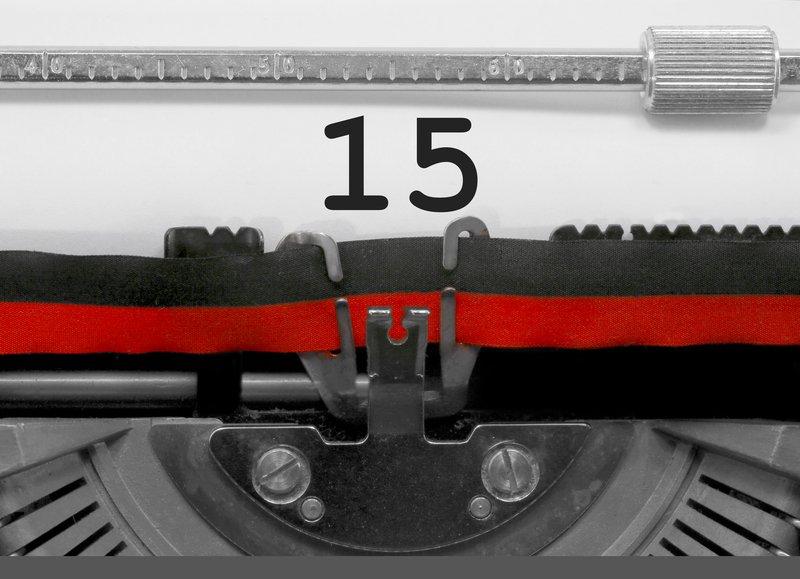If you are dealing with a new customer or supplier and want to check whether the VAT registration number (VRN) they have supplied is valid, there are serveral ways you can do so.
- Use the HMRC online VAT checking service.
- Call the HMRC VAT helpline.
- For EU VAT checking, use the VIES system, run by the European Commission.
1. Use HMRC’s online VAT checking service
The best way to check the validity of a UK VAT number is to use HMRC’s online service here.
This service will let you know if the number is valid, and also the name and address of the business associated with it.
A UK VAT number should have 9 digits. Sometimes you’ll see the letters GB used as a prefix before the digits, e.g. GB 123456789
If you need to prove that your own business is registered for VAT, this online service can also do just that.
2. Call the HMRC VAT Helpline
Another option – and the only one before the online service was implemented – is to phone HMRC. You can all the HMRC VAT Helpline on 0300 200 3700 – between 8am and 6pm during the week.
3. For EU, use the VAT Information Exchange System (VIES)
The VIES website, which is operated by the European Commission, lets you check the validity of a VAT registration number for any business registered in the EU.
Since the UK left the EU following Brexit, the VIES system only provides data on the remaining EU states, plus Northern Ireland.
The VIES search engine uses real-time data feeds from individual member states’ VAT systems so the information should be up to date at all times.
The main reason why the VIES service was established was to counteract the growing threat of ‘carousel fraud’, whereby innocent businesses and individuals find themselves caught in a chain of fraudulent transactions.
To access the European Commission’s VIES to validate a VAT number, simply go to this page of their website.
You then simply select from the drop-down menu, the country where the business is located, and then enter the VAT registration number you want to check. The site will then let you know whether the number is, ‘Valid’, or ‘Invalid’
If it is a valid VAT registration number, depending on the local data protection rules, some countries will also give you the name and address of the business linked to the VAT number.
Free Tide Business Bank Account - £50 Cashback!

Open a free business current account to qualify + enjoy 12 months free transactions. Read our Tide review.
You can access a list of the VAT number formats used by individual EU states here.
Keep a copy of your search
Once you have checked a VAT number you can then print out or save the results of the search to prove to HMRC that the VAT number in question was valid at the time of your search.
By doing this, you can prove that you have acted in good faith if ever your dealings with a VAT-registered business are questioned by HMRC.
The VIES will also prove useful if you undertake zero-rate transactions with other EU businesses – as one of the conditions of zero-rating is that your clients or customers must be VAT registered.
What to do if a VAT registration number is not valid?
If you enter a VAT number into the HMRC or VIES website and you are told that it is not a valid VRN number, the first thing to do is to go back and check with your customer or supplier. It’s possible they accidentally gave you the wrong VAT number.
If the number continues to be ‘invalid’ after you have double-checked it, you should let your customer or supplier know, as the discrepancy will need to be corrected on the tax authorities’ systems.
In some cases – particularly if the business is very new – the registration data may not yet have been processed.
Unfortunately, it is always possible that another business may be using another businesses’ VAT number fraudulently. Or they may be using a bogus number. Be cautious if you believe this may be the case, however unlikely this is to be the case.
You can only reclaim VAT if you have a valid VAT invoice
You can only reclaim VAT on supplies if you have a valid VAT invoice from a supplier. The details that must be shown on a valid VAT invoice include;
- The business name and address
- A unique invoice number
- The VAT registration number of the business
- A description of the goods or services supplied and
- The date.
Before you claim back the VAT, you should first ensure that all these details are shown on the invoice. It is also good practice to check that the supplier’s VAT number is valid, especially when you are reclaiming a large amount of VAT.
If you don’t follow the rules, HMRC can refuse your request to reclaim the VAT. This will leave you out of pocket.










